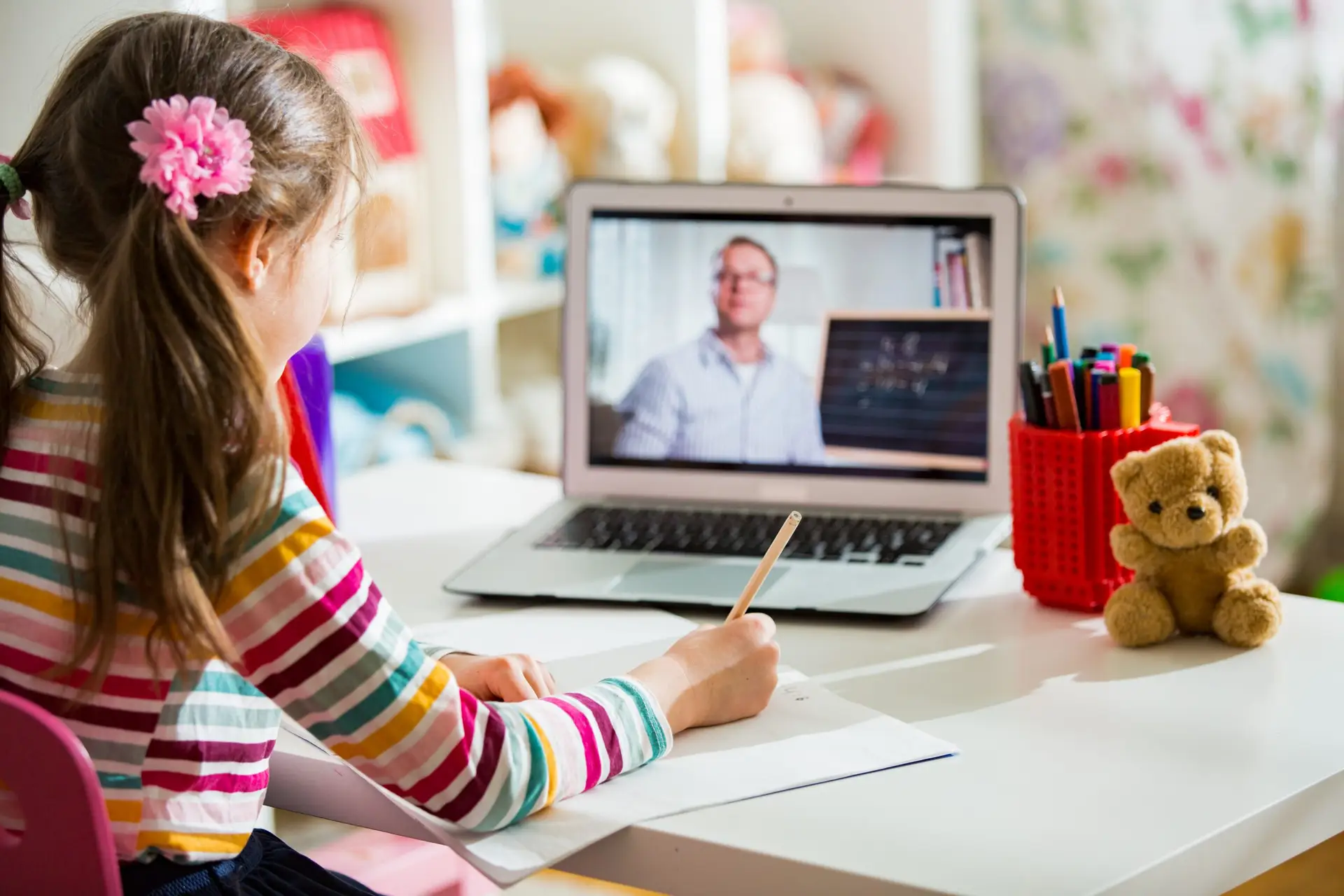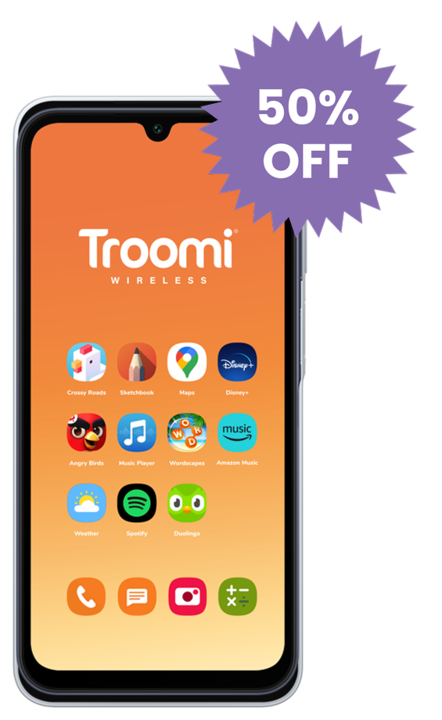Technology permeates every area of our lives these days—including our kids’ classrooms. This trend is likely to continue; the online learning market is expected to exceed $1 trillion by 2028.
Whether your child attends school in-person, online, or a hybrid of both, there’s a good chance they’re using digital resources to enhance their educational experience. Many of today’s classrooms are full of computers or iPads, physical books are often replaced with eBooks and other digital learning materials, and homework is assigned and submitted virtually.
There are many ways to utilize technology for better learning. It offers immediate feedback, adaptive content for more personalized learning, and access to supplemental learning materials kids can use to study outside of the physical classroom.
What are the Benefits of E-Learning?
While it can be challenging for parents to navigate, kids can use technology as a tool to get ahead in school and learn new skills at home. Let’s examine some of the benefits of e-learning in education.
Gamification
When it comes to online learning platforms for kids, a growing body of evidence suggests the addition of game-based elements can improve engagement and yield better results. How does gamification enhance learning? Let’s face it, kids don’t always have the longest attention spans. Educational games that give instant feedback can reinforce good behavior and motivate them to keep learning. They can also help them prepare for exams and learn better outside of the classroom. Plus, educational games encourage active—rather than passive—learning (more on that later).
Competency-Based Learning
Whether your kids are using third-party apps or programs assigned by teachers, digital learning allows them to go at their own pace, working on areas of weakness and increasing the difficulty when they are ready. Students are more likely to be engaged and feel challenged when their curriculums are personalized to match their skill levels.
School-Home relationships
You can use technology to communicate with your child’s teachers and familiarize yourself with their teaching curriculum. There are also many resources available for tracking grades and progress and accessing supplemental educational materials. You can often reach out to educators through multiple channels—like text, email, and even social media. This allows you to have frequent interaction beyond parent-teacher conferences.
Preparation for the Future
No matter what they want to be when they grow up, learning to be tech-savvy can help kids prepare for the real world. They can use technology to develop complex skills like data analysis and soft skills like communication, problem-solving, and empathy. Experiencing life outside of traditional classrooms helps them better prepare for college and their future career.
How You Can Set Your Kids up for Success
How can you help your kids develop a healthy relationship with technology and set them up for a successful digital learning experience? Engage with them. Ask about the material they are learning, help them set up a study space, and take precautions to keep them safe.
1. Talk to your kids’ teachers.
Find out about the software and apps your child’s school is using. Will the school be communicating with you digitally? How will you be able to monitor grades and homework? You can also ask about the privacy policy and what types of devices your child will be using at school.
2. Create a good learning environment.
Not everyone has room for a dedicated homework space in their house, but if possible, try to make sure the area where your child will be studying has a good WiFi connection and is clean and free from distractions. Earplugs or noise-canceling headphones can help children focus in noisy areas.
3. Encourage active learning.
When kids use their devices passively—by watching videos, flipping through PowerPoints, or otherwise consuming media without interacting, they’re less likely to engage with, learn, and retain information. Active learning, which encourages kids to participate, create, and interact, is associated with better test scores and deeper understanding. Look for ways your child can use technology to have hands-on learning experiences.
4. Teach your child cybersecurity.
In addition to setting up parental controls, sit down with your kids and discuss the responsibilities that come with connectivity. They should know how to watch for predators, what information is appropriate to share online, and how to manage privacy settings. Schools and daycare centers should have privacy policies in place. Find out what they are, but don’t rely on them to keep your child safe on their own.
5. Use parental controls.
Even if your child is primarily using their smartphone for school, make sure to check the parental control settings for their device. (If your child is using a Troomi device, you can do this quickly and easily via the Parent Portal.) Disable or set time limits on any sites or apps that may distract your child while they’re doing schoolwork. Consider setting stricter limits during the night to make sure they get enough sleep.
As parents, we want our kids to reap the benefits of e-learning in education while protecting them from predators, pornography, and smartphone addiction. That’s where Troomi comes in. Troomi phones give you the tools to keep your kids safe and teach them to use technology responsibly.


